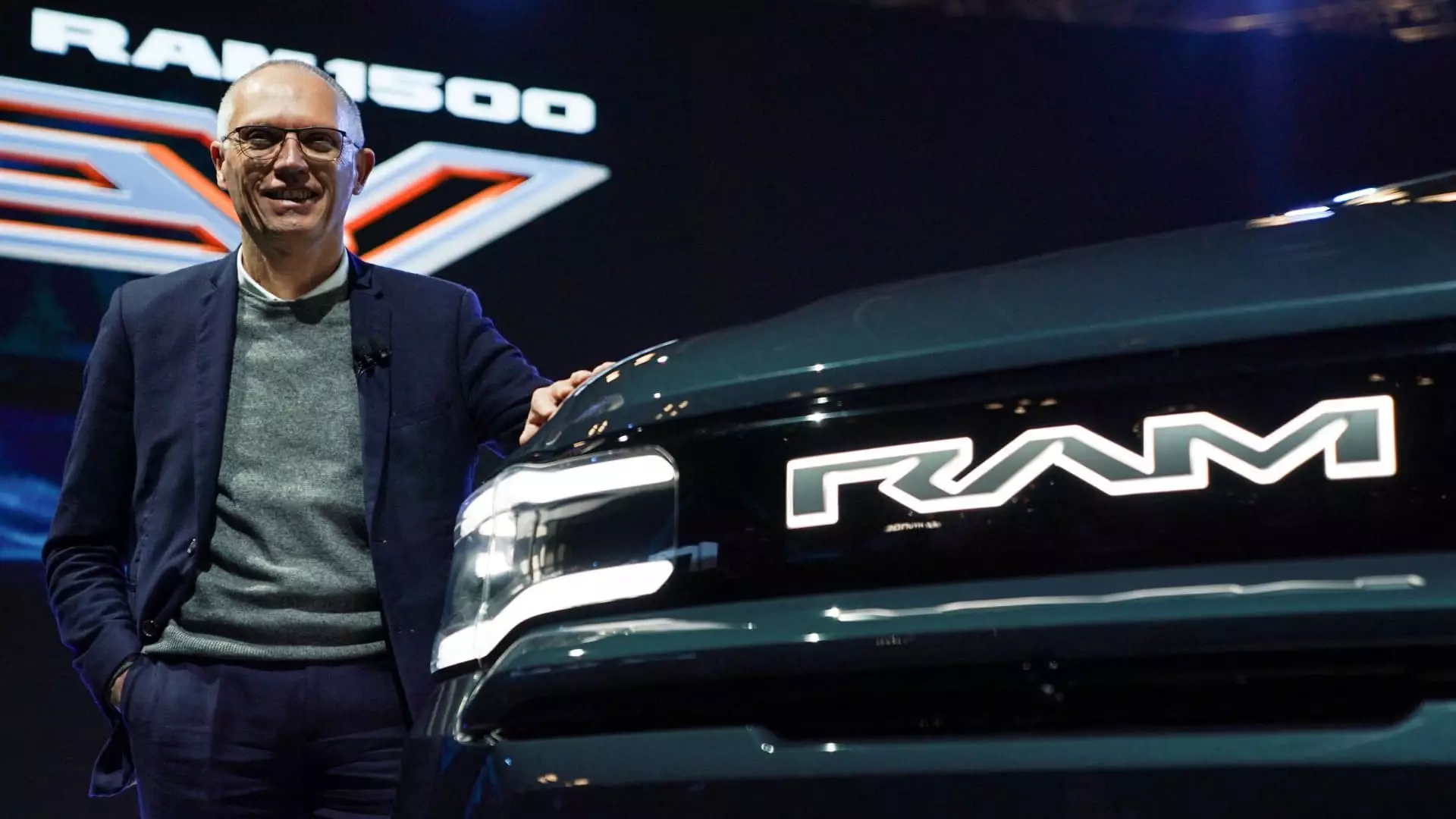In a revealing turn of events, Stellantis, the automotive giant formed by the merger of Fiat Chrysler and PSA Group, finds itself entwined in an unsettling discord. An open letter directed to CEO Carlos Tavares by the U.S. dealer network, represented by Kevin Farrish, highlights mounting concerns regarding the company’s recent performance. Far from an isolated critique, this letter resonates with a broader unease shared by many within the automotive landscape. With reports of declining market share and concerning factory closures, the atmosphere around Stellantis is thick with discontent, leading to a questioning of Tavares’s leadership.
The crux of Farrish’s letter lays bare the stark reality: Stellantis’s brand market share has plummeted, stock values have dangerously declined, and operational cuts have left the workforce anxious. The dealer council, representing 2,600 franchises across the nation, accuses Tavares of prioritizing short-term profit margins over sustainable growth and brand integrity. This suggests a disconnect between the leadership’s accounting of success and the on-the-ground realities experienced by those who interact with customers daily.
Critics have increasingly characterized Tavares’s management style as reactive rather than strategic. Over the last two years, the dealer council has flagged concerns about operational decision-making, describing Tavares’s approach as “reckless.” The claim posits that initiatives aimed at improving profit margins have significantly eroded the reputation and viability of the Chrysler, Dodge, Jeep, and Ram brands. The suggestion that these brands are in a “diminished state” speaks volumes about the threshold of tolerance reached by Tavares’s own distribution network.
While Stellantis attempts to publicly dismiss these criticisms, stating a return to favorable sales with a reported 21% increase in August, it is hard to ignore the sobering figures surrounding their cumulative sales statistics. The company has yet to attain its peak sales levels, significantly trailing behind the market trends for new vehicle sales in the U.S. This disparity raises questions around Tavares’s capacity to rally the company towards recovery, as sales decline each year since their high of 2.2 million units in 2018.
Underpinning this troubling narrative is the pertinent question of financial stability. Stellantis may have reported a sizable profit of 5.6 billion euros ($6.07 billion) for the first half of 2023, but this figure represents a steep 48% dip from the same period in the previous year. Despite ongoing efforts to salvage profitability through cost-cutting measures, including job reductions and operational streamlining, the result has been a battered stock price, down nearly 36% in recent months.
This juxtaposition of perceived financial health against the backdrop of internal strife is emblematic of the challenges facing modern corporations. With calls for a more sustainable strategy echoing from various stakeholders, it is evident that Tavares must think beyond the immediate financial equations and pivot towards long-term brand value cultivation. The reliability of Stellantis’s plans, such as the “Dare Forward 2030” initiative, hinges significantly on evolving the company’s identity as a leader in innovation and adaptability.
Adding another layer of complexity to the unfolding narrative is the involvement of the United Auto Workers (UAW). Representing about 38,000 Stellantis employees, the union’s president, Shawn Fain, has vocalized concerns about operational decisions impacting both workers and consumers. He has accused Tavares of price gouging, underpinned by a broader sentiment of discontent reflected through organized protests against what has been termed “gross mismanagement.”
With the UAW rallying members and holding events to express grievances, the path forward seems fraught with challenges. The union’s engagement illustrates how employee morale and perceptions of leadership resonate deeply within the broader automotive industry. A united workforce plays an essential role in revitalizing Stellantis’s brand narrative.
Stellantis stands at a crossroads, facing not only the external pressures of market competition but also escalating internal discord which threatens the very fabric of its operations. Tavares’s current profit-oriented strategy has come under severe scrutiny, with calls from both the dealer network and union representatives for a more comprehensive, cohesive plan that prioritizes sustainability and growth over short-term profit margins.
As the car manufacturer navigates through these turbulent waters, it must reconsider its strategy, engaging earnestly with all stakeholders to forge a path that fosters trust, collaboration, and innovation. Moving forward, Stellantis needs not just to recover its lost market share, but to restore confidence in its brand, its products, and its leadership. The automotive world is constantly evolving, and corporations must either adapt or risk being left behind in an industry marked by rapid transformation and fierce competition.


Leave a Reply